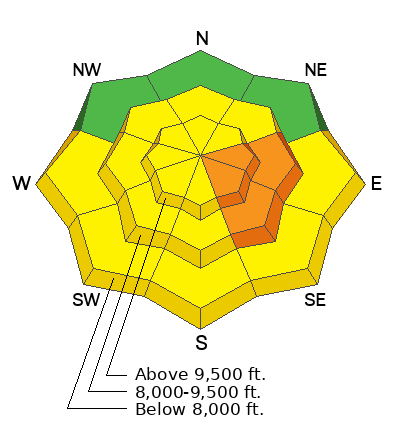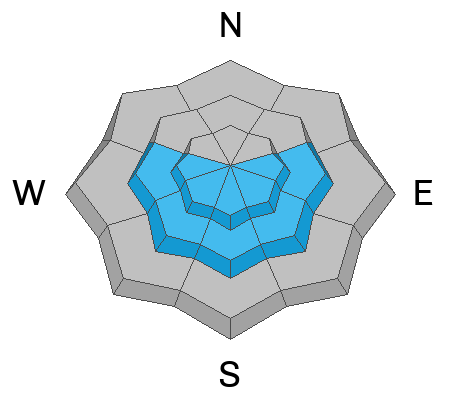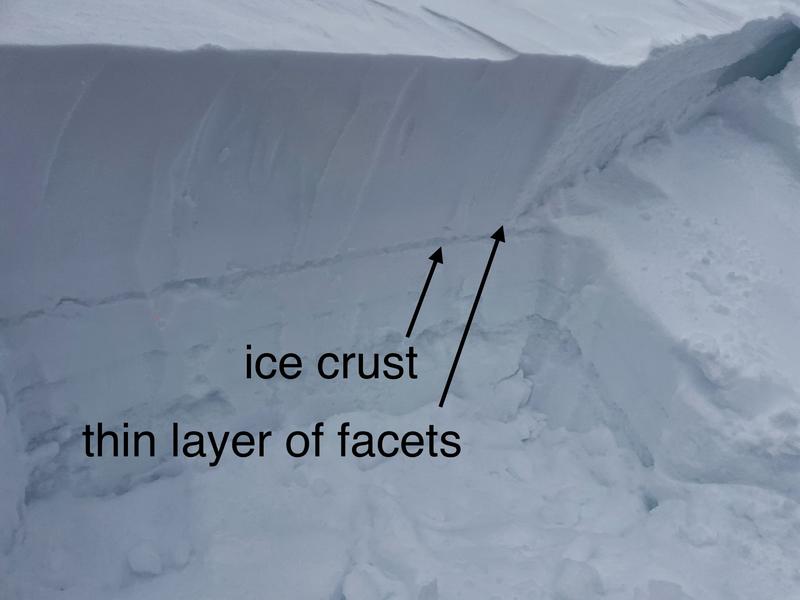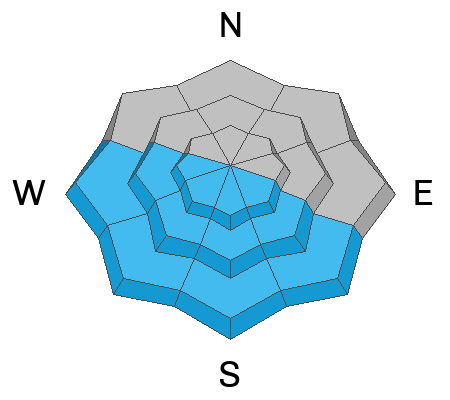6 am: Skies are clear under a nearly-full moon (the February full moon is named - appropriately - the Snow Moon) and temperatures range through the teens. Winds are from the west and light though the mid elevations, with gusts in the 20's mph at 11,000'.
Today: Sunshine with temperatures warming into the upper 20's F at upper elevations and mid 30's F at low and mid elevations. Winds will be from the west and remain light, with 11,000' gusts in the 20's mph.
Extended: A sunny weekend with mild temperatures. Winds increase on Monday ahead of what currently appears as a remarkably-strong cold front with heavy snow and strong winds by Tuesday.
Travel and riding conditions are superb, although some slopes may be crusted due to sunshine and greenhousing on Thursday.
❄️ Storm totals since Monday, February 19:
- Upper Cottonwoods: 12-27" snow with 2.0 - 3.30" SWE (Snow/Water Equivalent)
- Park City Ridgeline: 10-17" snow with 1.5 - 2.0" SWE
- Provo Mountains: 8-12" snow with 2.75" SWE
- Ogden Mountains: 18-28" snow with 2.35 - 2.75" SWE
Avalanche activity on Thursday included a long-running sluff in
Main Porter and a larger avalanche at 10,000' on the north-facing
Silver Fork Headwall from a cornice fall that was 2.5' deep and 80' wide, likely failing within a layer of storm snow from this past week. Glide avalanches were also
reported in the Broads Fork near Blue Ice and the Diving Board.
We received a report late Thursday evening of a very large avalanche in
Mary Ellen Gulch in American Fork Canyon as shown in the video below. Details are scant and unconfirmed, but it is estimated at 1,500' wide and 2' deep, possibly breaking on the layer of faceted snow above a crust. UAC forecasters will visit the scene on Friday.












